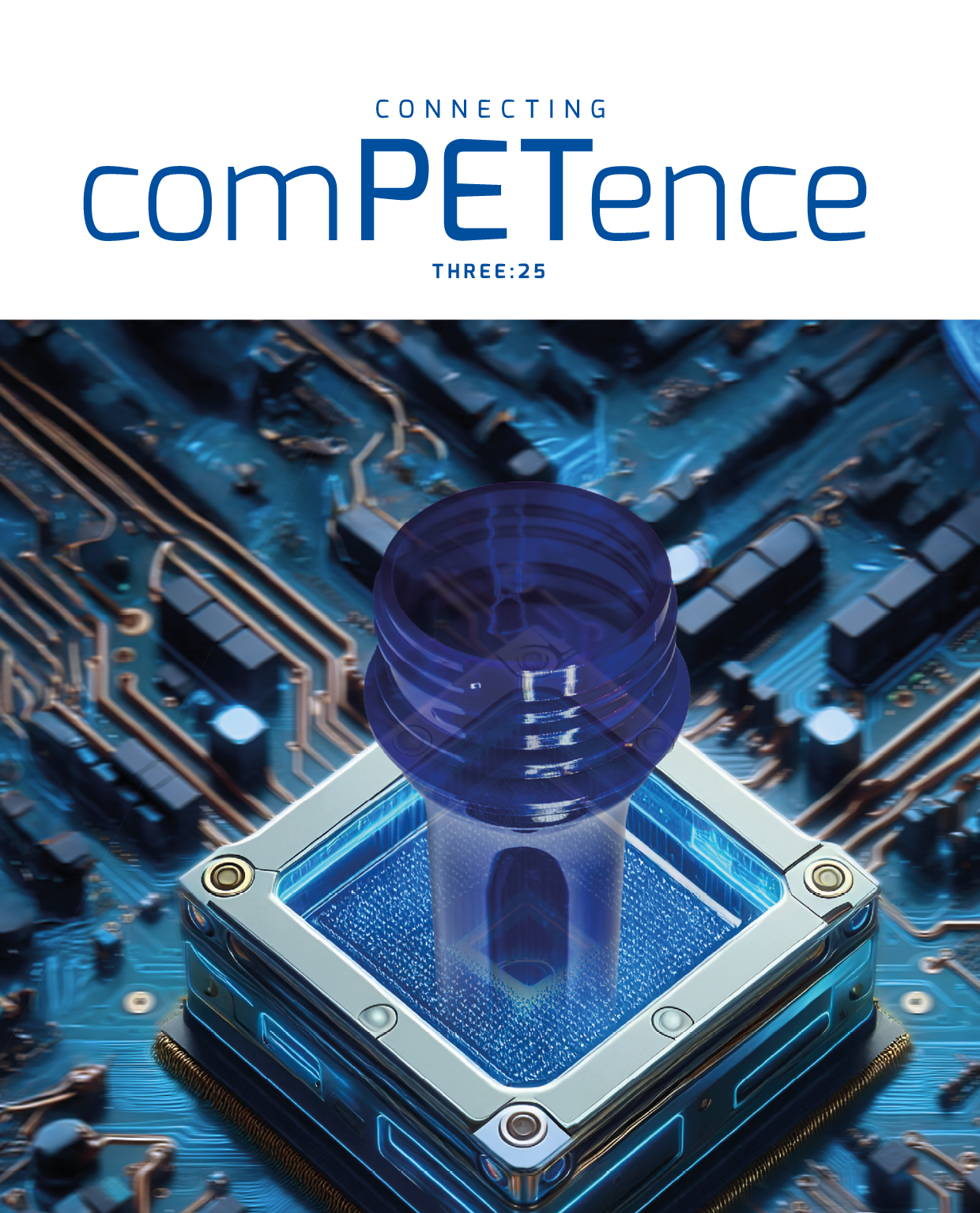Significant Progress Achieved in Plastic Waste Reduction
The original Roadmap to 2025 was a bold initiative to catalyze immediate action in the absence of a federal strategy. Over the past four years, the U.S. Plastics Pact has seen significant progress in plastics circularity:
- Reduction of Problematic Materials: Through the creation of a Problematic & Unnecessary Materials List, decreased the use of problematic or unnecessary plastics from 14% to 8%
- Increased Recyclability: Increased the amount of reusable, recyclable, or compostable plastic packaging from37% to 47.7%.
- Recycled Content: Increasing post-consumer recycled or responsibly sourced biobased content in packaging from 7% to 9.4%.
- Community Growth: Expanding the U.S. Pact from 62 to over 130 dedicated Activators.
- Resource Development: Introduction of the PCR Procurement Toolkit, PCR Certification Principles, and the Design for Circularity Playbooks, to be published summer 2024.
Roadmap 2.0 Sets Ambitious New Goals
Building on these advancements, the ever-changing landscape requires companies to continue pushing boundaries. Roadmap 2.0 is designed to carry forward the unfinished targets from the original plan and introduce new objectives based on the experiences of U.S. Plastic Pact Activators:
- Reuse Innovations: Reuse is now a primary target. By making reuse a core target, we can significantly reduce single-use plastics. Practical examples include returnable cup systems at events, which help reduce waste.
- Design for Circularity: all plastic packaging will be designed and manufactured to be reusable, recyclable, or compostable.
- Elimination of Problematic Plastics: By 2030, all items on the expanded Problematic & Unnecessary Materials List will be eliminated, and virgin plastic will be reduced by 30%. This approach ensures that only essential plastics are produced and used in ways that support sustainability.
- Effective Recycling: The plan aims to recycle 50% of plastic packaging and establish the necessary infrastructure to achieve this at scale. In comparison, plastic packaging will achieve an average of 30% post-consumer recycled or responsibly sourced biobased content.
- Health and Community Impact: The plan also addresses the social impacts and disparities related to plastic production and use.





